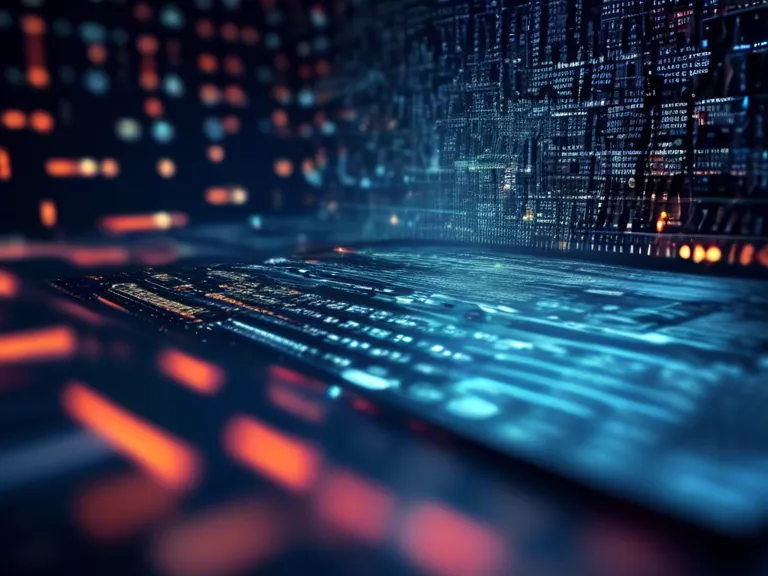
Introduction
In today's rapidly evolving technological landscape, data privacy has become a critical concern for individuals and organizations alike. With the proliferation of smart devices, the Internet of Things (IoT), and advanced analytics, personal data is being collected, processed, and shared at an unprecedented rate. As the use of MKRTTKEs (Machines Keeping Records That Know Everything) continues to rise, it is essential to implement robust measures to safeguard data privacy and protect sensitive information from unauthorized access and misuse.
Understanding Data Privacy
Data privacy refers to the protection of an individual's personal information from unauthorized access, use, and disclosure. It encompasses the collection, storage, and sharing of data while ensuring that individuals have control over how their information is used. In the digital age, data privacy is a fundamental right that must be upheld to maintain trust and security in the online environment.
Challenges in Data Privacy
The technological revolution driven by MKRTTKEs presents several challenges to data privacy. These challenges include:
Data Breaches
The increasing volume of data being generated and stored creates opportunities for cybercriminals to exploit vulnerabilities and gain unauthorized access to sensitive information.
Lack of Transparency
Many organizations collect data without adequately informing individuals about the purposes and implications of data collection, leading to a lack of transparency and accountability.
Compliance Issues
Data privacy regulations, such as the GDPR (General Data Protection Regulation) and the CCPA (California Consumer Privacy Act), pose compliance challenges for organizations that handle personal data.
Best Practices for Safeguarding Data Privacy
To mitigate the risks associated with data privacy in the era of MKRTTKEs, organizations should implement the following best practices:
Data Minimization
Collect only the data that is necessary for the intended purpose and limit the retention of personal information to minimize the risk of exposure in the event of a data breach.
Encryption
Encrypt sensitive data both in transit and at rest to protect it from unauthorized access and ensure that only authorized parties can decrypt and access the information.
Consent Management
Obtain explicit consent from individuals before collecting their personal data and provide clear information about how the data will be used and shared.
Data Protection Impact Assessments (DPIAs)
Conduct DPIAs to assess the risks associated with data processing activities and identify measures to mitigate those risks, ensuring compliance with data privacy regulations.
Conclusion
As MKRTTKEs continue to reshape the technological landscape, safeguarding data privacy has never been more critical. By understanding the challenges posed by the technological revolution and implementing best practices for data privacy protection, organizations can build trust with their customers and ensure the secure handling of personal information. Prioritizing data privacy in the era of MKRTTKEs is not only a legal requirement but also a fundamental step towards fostering a secure and ethical digital ecosystem.

